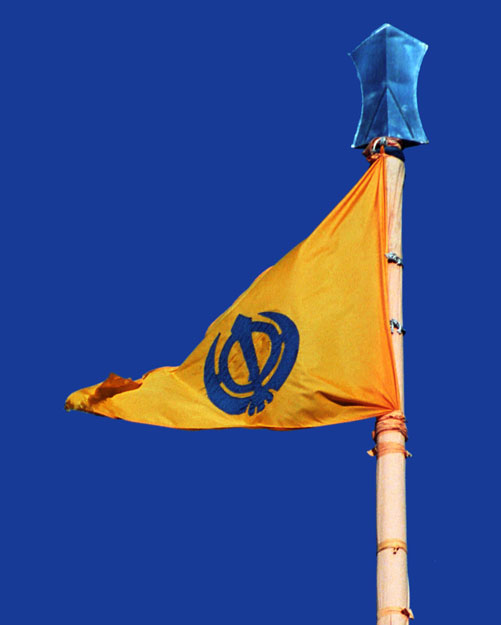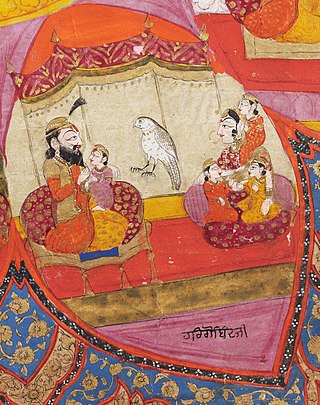Narula, Surinder Singh is a technique-conscious novelist, whose Peo putar (Father and the son, 1946) gave a fresh thematic dimension to the Punjabi novel. His literary corpus includes 12 novels, 7 collections of short stories, some collection of poems and few books of literary critcism, both in Punjabi and English. He was born in Amritsar and after graduating from Khalsa College, Amritsar, with three medals to his credit, he joined the State Secretariat in 1938; but after doing his M.A. in English (1942), he joined as a Lecturer at the local Khalsa College. Afterwards, he was at Rawalpindi (Khalsa College) for a short period, and then after joining Government Service he was posted at different other colleges.
NIHAL SINGH, SANT, also known as Pandit Nihal Singh, a Sanskrit scholar well versed in Vedanta as well as in gurbdm, lived in Sikh times in the village of Thoha Khalsa, in district Rawalpindi, now in Pakistan. Pandit Nihal Singh is famous for his Sanskrit commentary on Japu, {hefapugudhdrthadipakd (Lamp which illuminates the deep and hidden meaning of the Japu) patterned on Sarikar`s Bhasya on Veddntasutra. According to the colophon appended to the manuscript, work on Gudhdrthadipakd was undertaken at the instance of an Udasi saint, Bava Buddh Sarup.

NISHAN SAHIB is the name for the tall Sikh flag which marks all gurudwaras and other religious premises of the Sikhs. Nishdn is a Persian word with multiple meanings, one of these being a flag or standard. Sahib, an Arabic word with the applied meaning of lord or master, is here used as an honorific. Thus Nishan Sahib in the Sikh tradition means the holy flag or exalted ensign. A synonymous term is Jhanda Sahib (jhandd also meaning a flag or banner). The Sikh pennant, made out of saffron coloured, occasionally out of blue coloured, mainly in the case of Nihangs, cloth is triangular in shape, normally each of the two equal sides being double of the shorter one.
Neki, Jaswant Singh, one of the prominent Punjabi poets, was born in 1927. As a psychiatrist, he presents modem psychological insights through his experimental poems. He penetrates to the fundamentals of existence and through a lucid style recaptures vividly its subtle patterns and concepts. He is predominantly a poet of mystery in life. The poet in his poetry seems to be endeavouring to reveal and unveil what is mysterious in man\'s life.





